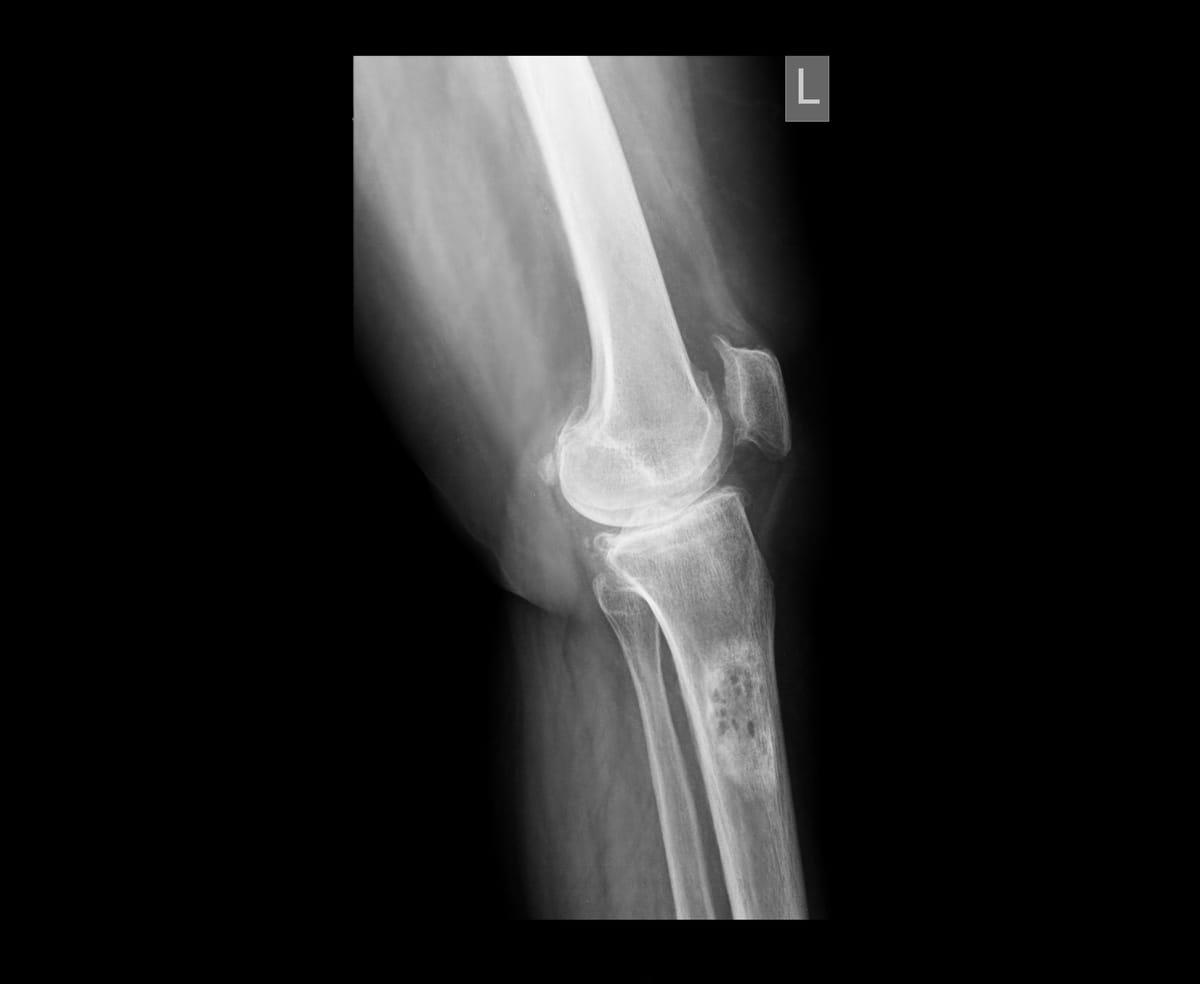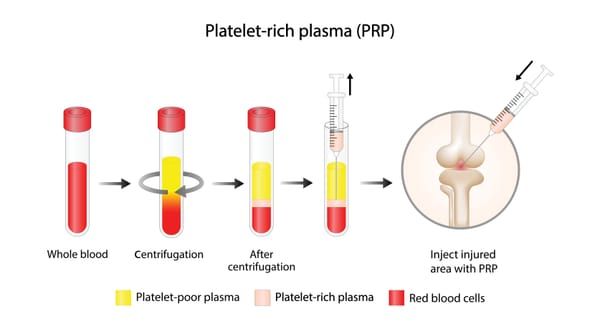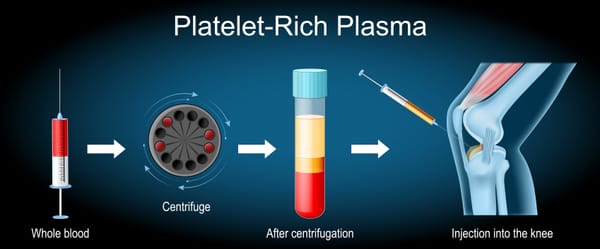Treating Painful Bone Metastases with Ablation: A Path to Relief

Bone metastases, where cancer spreads to the bones, can cause severe pain and significantly impact quality of life for patients with advanced cancers like breast, prostate, lung, or kidney cancer. While traditional treatments like medications, radiation, or surgery help many, some patients need alternative options for effective pain relief. Ablation, a minimally invasive procedure, is emerging as a powerful tool to manage pain from bone metastases. In this blog post, we’ll explore what ablation is, how it treats painful bone metastases, and what patients can expect, all explained clearly for a general audience.
Understanding Painful Bone Metastases
Bone metastases occur when cancer cells from a primary tumor (e.g., breast or prostate) spread to the bones, commonly affecting the spine, pelvis, ribs, or long bones like the femur. They can cause:
- Severe Pain: Deep, aching, or sharp pain, often worse at night or with movement, due to tumor growth, bone destruction, or nerve compression.
- Fractures: Weakened bones increase the risk of breaks, adding to pain and disability.
- Reduced Mobility: Pain and structural damage limit movement, affecting daily activities.
Pain from bone metastases affects 50-70% of patients with advanced cancer, per a 2019 study in Journal of Pain and Symptom Management, making effective management a critical part of care. Ablation offers a targeted approach to alleviate this pain, often complementing other treatments.
What is Ablation?
Ablation is a minimally invasive procedure that uses energy to destroy or damage tissue, such as tumors causing pain in bone metastases. It’s performed by interventional radiologists using imaging guidance (e.g., CT, MRI, or ultrasound) to precisely target the tumor. The goal is to reduce pain by eliminating or shrinking the tumor, stabilizing the bone, and minimizing nerve irritation.Common ablation techniques for bone metastases include:
- Radiofrequency Ablation (RFA): Uses heat from radio waves to destroy tumor tissue.
- Microwave Ablation (MWA): Employs microwave energy to heat and kill cancer cells.
- Cryoablation: Freezes tumor tissue with extreme cold, causing cell death.
- Laser Ablation: Delivers focused laser energy to vaporize tumor cells, less common for bones.
These procedures are often combined with cementoplasty (injecting bone cement) to stabilize weakened bones and prevent fractures, especially in weight-bearing areas like the spine or pelvis.
How Ablation Treats Painful Bone Metastases
Ablation targets the tumor within the bone, addressing the source of pain in several ways:
- Tumor Destruction: Shrinking or eliminating the tumor reduces pressure on surrounding nerves and tissues.
- Nerve Pain Reduction: Heat or cold damages pain-transmitting nerves around the tumor.
- Bone Stabilization: Combining ablation with cementoplasty strengthens the bone, reducing pain from structural damage or microfractures.
- Inflammation Control: Destroying tumor tissue may decrease local inflammation, a key pain contributor.
Ablation is typically used for patients with:
- Localized pain from one or a few metastatic sites.
- Pain resistant to medications, radiation, or chemotherapy.
- Bones at risk of fracture but not suitable for surgery.
What Does the Evidence Say?
Research highlights ablation’s effectiveness in managing pain from bone metastases, often providing faster and longer-lasting relief than traditional treatments alone. Key findings include:
- Radiofrequency Ablation (RFA): A 2020 meta-analysis in Radiology found that 70-80% of patients with bone metastases experienced significant pain reduction within 1-2 weeks of RFA, with relief lasting 3-6 months or longer. Many reported improved mobility and reduced opioid use.
- Microwave Ablation (MWA): A 2021 study in Journal of Vascular and Interventional Radiology noted that MWA provided pain relief in 65-75% of patients with spinal metastases, with benefits lasting up to 6 months.
- Cryoablation: A 2019 study in American Journal of Roentgenology reported that 60-70% of patients with pelvic or long bone metastases had at least 50% pain reduction within days of cryoablation, with effects lasting 3-12 months.
- Combination with Cementoplasty: A 2022 review in Skeletal Radiology found that combining ablation with cementoplasty reduced pain and fracture risk in 80-90% of patients with weight-bearing bone metastases, particularly in the pelvis or spine.
- Real-World Insights: On platforms like Reddit, patients share stories of “dramatic” pain relief after ablation, with some regaining the ability to walk or sleep comfortably, though experiences vary.
While ablation is effective, it’s not a cure for cancer. It focuses on symptom relief and quality of life, often used alongside systemic treatments like chemotherapy or immunotherapy.
What to Expect from Ablation
Here’s an overview of the ablation process for bone metastases:
- Pre-Procedure: Your doctor will review imaging (e.g., CT or MRI) to locate the metastatic lesions and confirm ablation is suitable. Blood tests or a biopsy may be done to assess overall health and tumor characteristics. A diagnostic nerve block may be used to predict response.
- Procedure: Performed under sedation or general anesthesia, the doctor inserts a thin probe through the skin to the tumor site, guided by imaging (e.g., CT or ultrasound). Energy (heat, cold, or microwaves) is applied to destroy the tumor, typically taking 30-90 minutes. Cementoplasty may follow to stabilize the bone.
- Recovery: Most patients go home the same day or after a short hospital stay (1-2 days). Mild soreness or bruising at the insertion site is common for a few days. Pain relief often begins within days but may take 1-2 weeks to peak.
- Follow-Up: Regular check-ups and imaging monitor the treated area and overall cancer progression. Repeat ablation may be possible if new metastases cause pain.
Benefits and Considerations
Benefits:
- Rapid pain relief, often within days, improving mobility and quality of life.
- Minimally invasive with small incisions and quick recovery compared to surgery.
- Can reduce reliance on pain medications, including opioids.
- Stabilizes bones when combined with cementoplasty, lowering fracture risk.
- Repeatable for new or recurrent painful lesions.
Considerations:
- Temporary side effects like soreness, swelling, or mild nerve irritation at the site (usually resolves in days).
- Rare risks (1-2%) include infection, bleeding, nerve damage, or skin burns, minimized with experienced providers and imaging guidance.
- Not suitable for all metastases (e.g., large lesions or those near critical structures like the spinal cord may require alternative approaches).
- Cost varies ($5,000-$15,000 depending on the procedure and region), and insurance coverage depends on medical necessity and provider policies.
- Pain relief is not permanent, as cancer progression may cause new lesions.
Is Ablation Right for You?
Ablation is typically considered for patients with painful bone metastases who:
- Have localized pain not adequately controlled by medications, radiation, or other treatments.
- Are not candidates for surgery due to health, cancer stage, or lesion location.
- Have bones at risk of fracture but want to avoid invasive procedures.
- Seek to improve quality of life and reduce pain medication use.
Your oncology or interventional radiology team will assess:
- The number, size, and location of metastases, using imaging (e.g., bone scans, MRI).
- Your overall health, including cancer stage and treatment history.
- Your goals, such as pain relief, mobility, or delaying more invasive interventions.
Before proceeding, discuss the procedure’s risks, benefits, and expected outcomes with your provider. Choosing a center experienced in ablation for bone metastases is critical for safety and efficacy.
Complementary Treatments
Ablation is often part of a broader pain management plan, including:
- Medications: Opioids, NSAIDs, or neuropathic pain drugs (e.g., gabapentin) for residual pain.
- Radiation Therapy: To shrink tumors or treat lesions unsuitable for ablation.
- Bisphosphonates or Denosumab: To strengthen bones and reduce fracture risk.
- Physical Therapy: To improve mobility and strength post-procedure.
- Palliative Care: To address pain, emotional needs, and quality of life holistically.
A 2021 study in Journal of Clinical Oncology found that integrating ablation with palliative care reduced pain severity by 40-50% in advanced cancer patients, emphasizing the value of a team approach.
Living with Bone Metastases
Pain from bone metastases can feel overwhelming, but treatments like ablation offer hope for relief and improved function. Open communication with your healthcare team is key—share details about your pain’s location, intensity, and impact to guide treatment. Support groups, like those through the American Cancer Society or online platforms like Reddit, provide a space to connect with others facing similar challenges.
Emotional and practical support also matters. Pain can amplify stress or isolation, so lean on counselors, family, or patient navigators. Small adjustments, like using assistive devices or pacing activities, can help manage daily life.
Why Awareness MattersBone metastases affect 60-80% of patients with advanced cancers, with pain being a primary concern for most, per a 2020 review in The Lancet Oncology. Yet, advanced treatments like ablation are underutilized due to lack of awareness or access. Understanding options like ablation empowers patients to advocate for themselves and explore innovative solutions.
If you or a loved one is struggling with pain from bone metastases, talk to your oncologist or an interventional radiologist about whether ablation could be part of your care plan. Resources like the National Cancer Institute (cancer.gov) or CancerCare (cancercare.org) offer information and support.By highlighting treatments like ablation, we can improve quality of life and bring hope to those facing the challenges of bone metastases. Let’s keep the conversation going—no one should endure this pain alone.
Disclaimer: This blog post is for informational purposes only and not a substitute for professional medical advice. Consult a healthcare provider before considering ablation or any new treatment for bone metastases.



